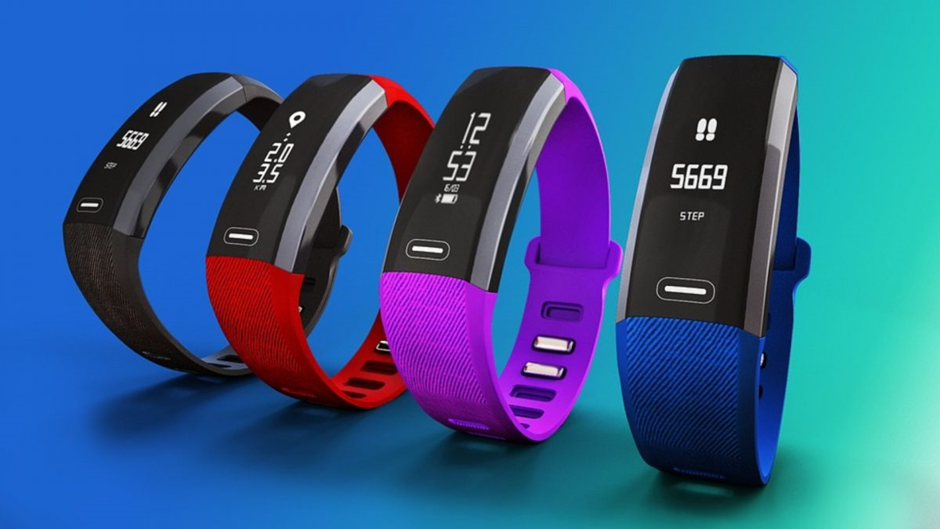Dear workout masters, may I have your attention, please?
What’s the next invention to have an impact on our lives? Hint: These can be worn.
Did you guess fitness wearables?
You’re terrific!
Perceived as health boosters and devices that can prolong lives, fitness wearables come in various types including strap-on, clip-on and mounted. These fitness wearables can track speed, stance, heart rate, sleep and even moments of inactivity, depending on function and design.
These fitness wearables are equipped with smart sensors and typically depend on a wireless connection to seamlessly connect to a smartphone, for example. Expected to be high in demand in 2017, Malaysians are generally inclined to purchase trackers that monitor processes and functions that involve the human body. Smart apparel and eyewear are also highly sought after. Statistics reveal that user penetration is roughly 3% in 2017 and is slated to be about 5% in about four years’ time.
As we become more connected via electronic means today, it is also crucial to address questions on privacy and security that may arise as a result of sharing information collected via and stored in these fitness wearables. Researchers Safavi and Shukur devised a checklist that is meant to help developers and manufacturers enhance data security, after concluding that the existing mechanism in such devices is inadequate and shaky. In the same study, they also designed some principles for wearable healthcare systems. Likewise, a separate study also emphasized on the importance of privacy and security. The features of fitness wearables, which directly impact user authentication, should be reviewed thoroughly.
Like any other device and machine, these fitness wearables often have a lifespan. Since they rely on wireless connections and batteries, having to constantly recharge these devices may cause the user to be less enthusiastic to use the device than when he or she first bought it. Doesn’t that defeat the purpose? Needless to say, the lasting power of these gadgets is influenced by the user’s interaction with them.
There’s also the issue of being overdependent on the fitness tracker. To manage this, one should not let pre-determined targets be the benchmark, as this can eventually backfire. A better idea would be to set a realistic goal based on one’s personal preferences and pace. Once you’ve done that, you can look into having separate short-term targets, depending on the activity that you want to monitor. An even better alternative is to mingle with those who can ramp up your motivation and willpower to be fit. In fact, the social aspect plays a role in making any physical activity worth the sweat.
Ultimately, fitness wearables should mainly be used as tools that assist one in getting fit. This means giving careful consideration to what you want to achieve, using these devices appropriately, and being proactive in reaching your fitness goals so that you can be proud and feel accomplished.
Now, there’s no excuse for your fitness wearable to wear you down!









Showing 0 comments